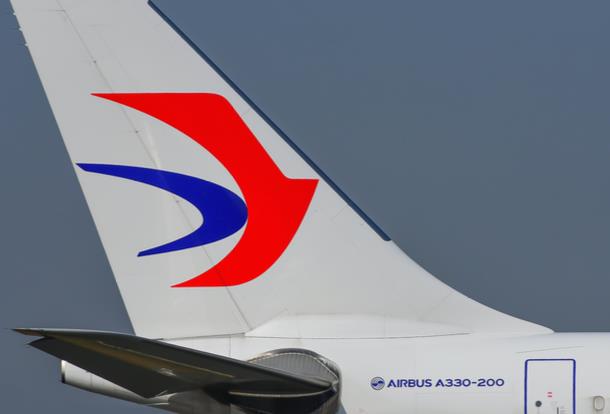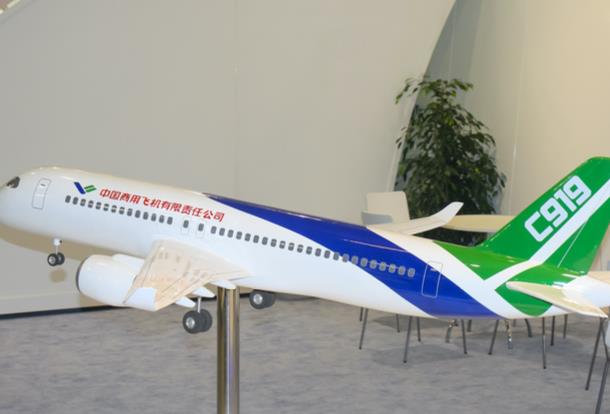News of China Eastern's plans come after top authorities issued guidelines in February to encourage the development of low-cost air travel. At the time, many believed that government offers of streamlined administrative approvals and financial support for new budget carriers would eventually draw State-backed airlines into this burgeoning arena. But while demand for inexpensive air transportation is growing rapidly, China's emerging crop of budget carriers - both State-owned and private - can expect turbulence ahead.
For large established airlines, staying profitable in the budget travel segment will likely prove a challenge given current industry conditions. Last year, China Eastern turned a net profit of 2.38 billion yuan ($383 million), down from 3.17 billion yuan in 2012, even as revenue inched up by 1.9 percent to 88 billion yuan. At the same time, its rival Air China saw profits drop by nearly one-third to 3.32 billion yuan, results which many blamed on more intense competition within the industry. More recently, the two airlines recorded steep year-on-year profitability declines for the first quarter despite concurrent revenue gains.
At present, it is unclear what Chinese airlines can do to reduce their operating costs. According to a report by strategy consultancy Roland Berger, the cost of fuel, maintenance, gate usage fees and other fixed expenses accounts for about 60 percent of most carriers' operating expenses. At the same time, the emergence of privately owned airlines is certain to amplify competition as well. In other words, demand may be growing for cheap air travel, but tapping the potential of this market could come at a steep price.
Like many of China's airlines, China United is at work on aggressive and costly expansion plans. According to reports, it currently operates 26 aircraft and plans to expand its fleet to 80 planes by 2019. But being able to offer more flights is just one part of the equation - success over the long-run may come down to the carrier's ability to improve its margin.
Reducing in-flight service jumps to mind as one way to lower costs. Charging higher fees for carry-on items and checked luggage could be another possible moneymaker. Similarly, making cabins more cramped is also a well-trodden strategy to increase ticket sales for any given flight. On this front, in fact, Chongqing Airlines recently made news by doing away with first-class seating to expand its economy area. Of course, airlines that go too far on scaling back comforts and perks risk drawing the ire of travelers.
Budget airlines could potentially raise their margins by improving the productivity of their pilots. Again, Roland Berger consultants have found that efforts along these lines may reduce costs by as much as 20 percent. This will require the consent of Chinese regulators though, who impose strict limits on the working hours of pilots. For safety reasons, civil aviation authorities require that pilots fly no more than 100 hours every month, no more than 270 hours per quarter and no more than 1,000 hours per year. As the profession matures, we may see such curbs ease; but for now though this is purely speculation.
While on the subject of personnel, the investment to train a qualified pilot could cost as much as 2 million yuan. In terms of time though, some local media outlets say that it could take as long as 10 years to turn a new aviation school recruit into a commercial air captain. Of course, a substantial portion of this time would include the pilot's on-the-job probationary training with an actual airline. But with China's air travel industry growing faster than it can turn out qualified aviation personnel, many airlines have little choice but to cover at least some of the training expenses in order to secure talent.
But the biggest challenges will surely come from competition between budget carriers themselves. China Express Airlines and Chengdu Airlines have both expressed intentions to remodel themselves as low-cost carriers. As entry barriers lower, more privately owned groups will undoubtedly muscle in for a share of the market as well.
With authorities now looking determined to develop China's budget air travel market, hopefully they will also step in with policies that keep competition healthy. If things get too intense, this could stall development and lead to negative consequences elsewhere in the aviation industry. With the right planning, we can avoid such an outcome and watch Chinese airlines soar over the years ahead.




